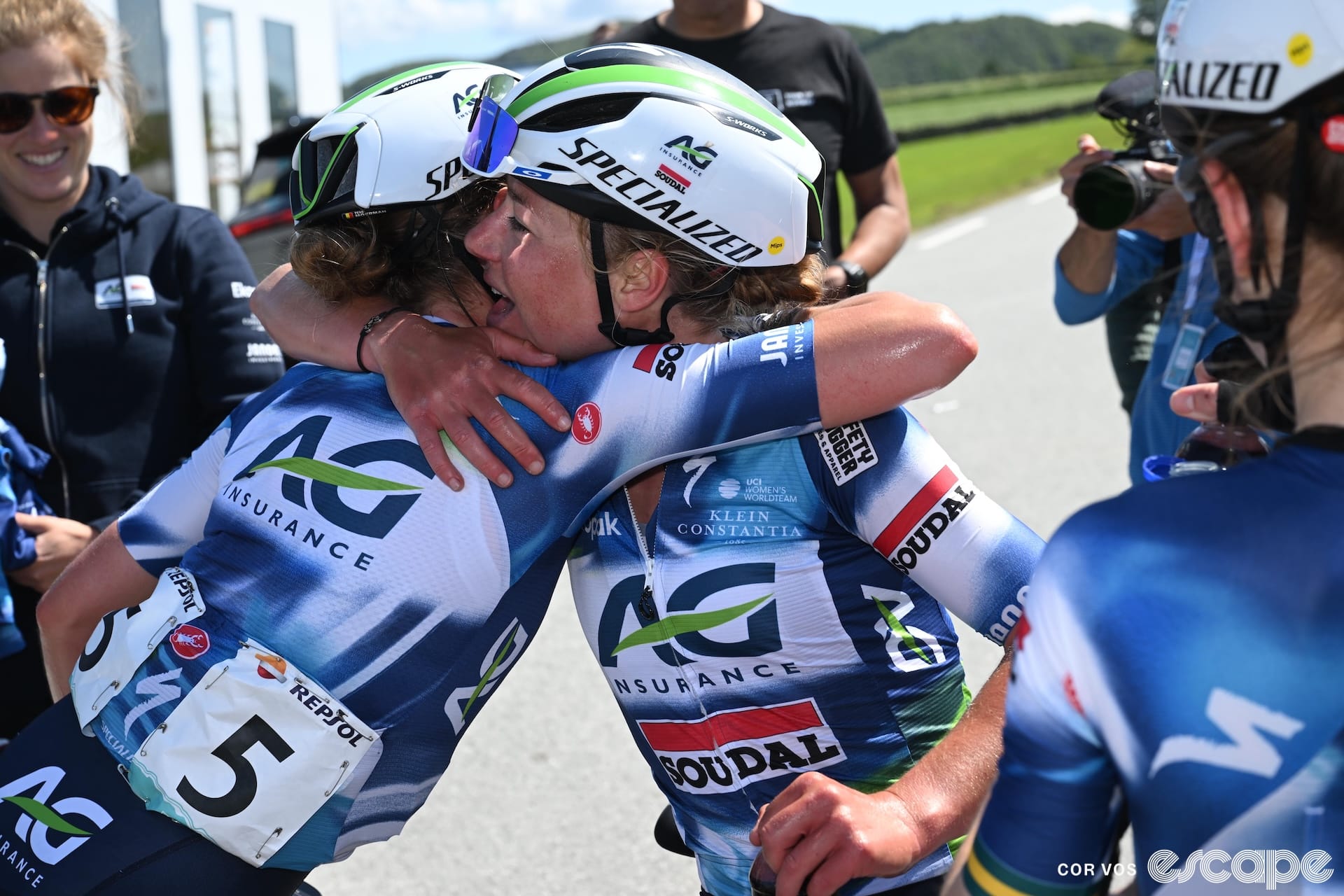After a brief passage through the small Republic of San Marino on stage 1 we stay in Italy today. The start of stage 2 is in Cesenatico. That is of course to honor the late Marco Pantani, winner of the 1998 Tour de France, who called Cesenatico home.
I have always found the admiration for Pantani a bit uncomfortable. Men's pro racing in the late 1990s / early 2000s was defined by a three-letter abbreviation: EPO. But like many others, Pantani was not caught with a positive EPO test – not in the 1998 Tour – and is still celebrated as winner of that race. Expect many signs of support alongside the route today because in the end his story is one of great tragedy. On that I think we would all agree.
The route of stage 2 brings us to Bologna, home to one of the most famous dishes coming out of Italy. That says something because I think worldwide people can name more Italian dishes than they could French. Don’t tell the French this though.
As you might have guessed, the city of Bologna gives its name to spaghetti bolognese. I was taught by native English speakers that it’s also known as spag-bol. OK.
But there is controversy around spaghetti bolognese. The mayor of Bologna says spaghetti bolognese does not exist and is fake news! Mamma mia! Has fake news even reached our dinner plates now? According to the mayor, yes. And he is right too.
If you think you’re being authentically Italian when you whip up a plateful of spaghetti smothered in a meaty tomato-based sauce, garlic, and plenty of cheese, you’re wrong.
Rather than spaghetti bolognese, what you'll actually find in Italy is ragù alla bolognese, which is their equivalent meat-based sauce. You could put the ragù on spaghetti but the Italians prefer a thicker sort of pasta like tagliatelle because there is more pasta surface for the sauce to stick to. According to Bologna food laws where we find the official recipe, the tagliatelle should be exactly 8 mm wide. I do not make this stuff up, honest.
Italians take food very seriously. It’s the home of slow food. The same seriousness is applied to ragú alla bolognese. The sauce varies per region, or even per nonna. The first sauce with the name "bolognese," back in the 18th century, didn’t even contain tomatoes. Or garlic. The recipe changed through the centuries but again, it's never been combined with spaghetti.
Bologna is also home to mortadella, the Italian sausage. It’s the birthplace of Lorenzo Fortunato, winner on the Zoncolan in the 2021 Giro, and it's also the birthplace of no less than five popes.
Finally, Bologna is also known for having the oldest university in the world. There was already a law school in Roman times but when the Roman empire collapsed in the 5th century it took another 500 years for the university to be founded.
Usually, the year 1088 is mentioned as the founding year. Oxford started about a full decade later. Fun fact: in the USA they can’t establish what their oldest university is because it’s unclear what defines a university and what is a college.
Did we do a good job with this story?





